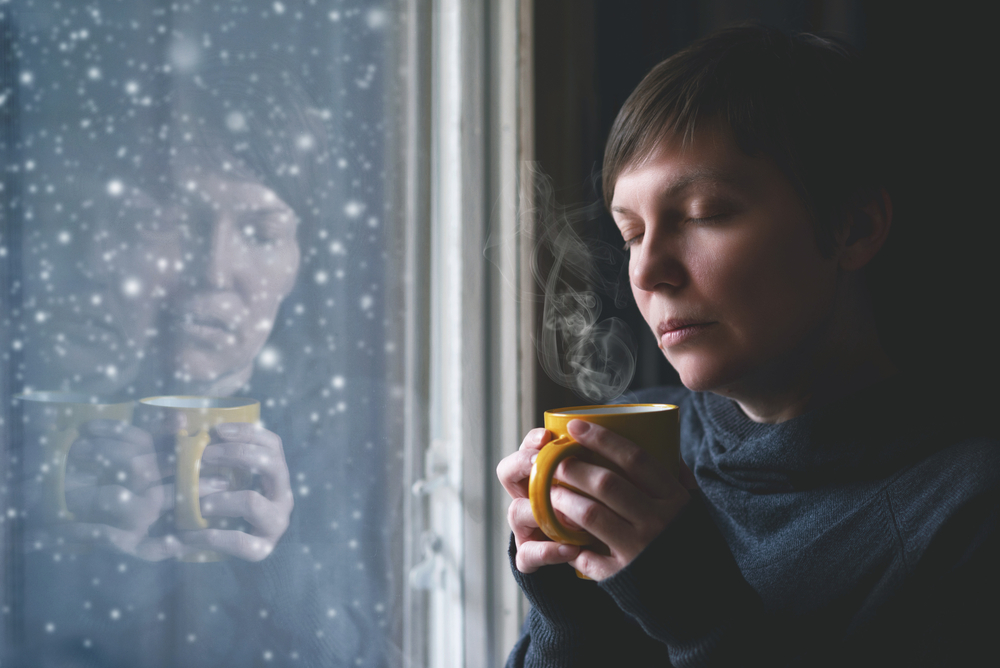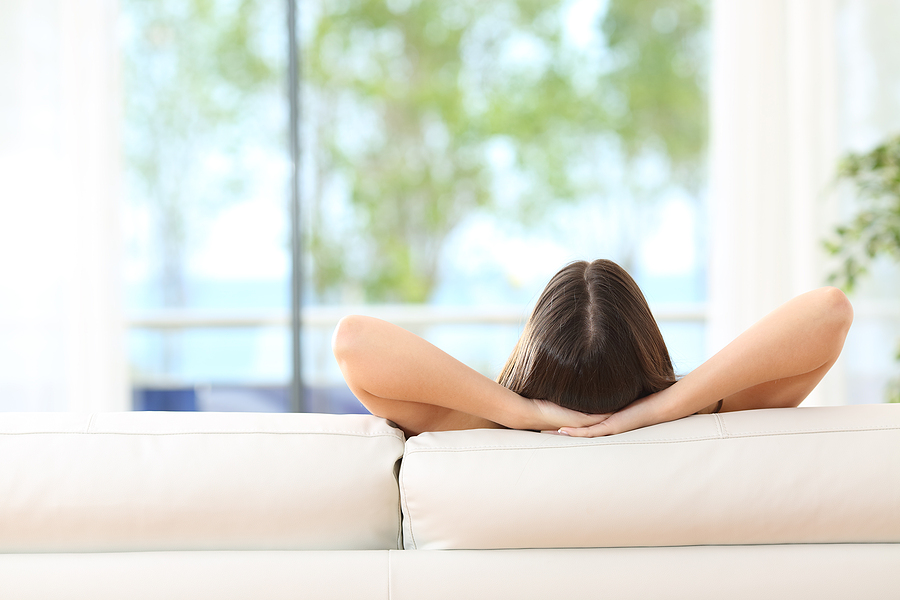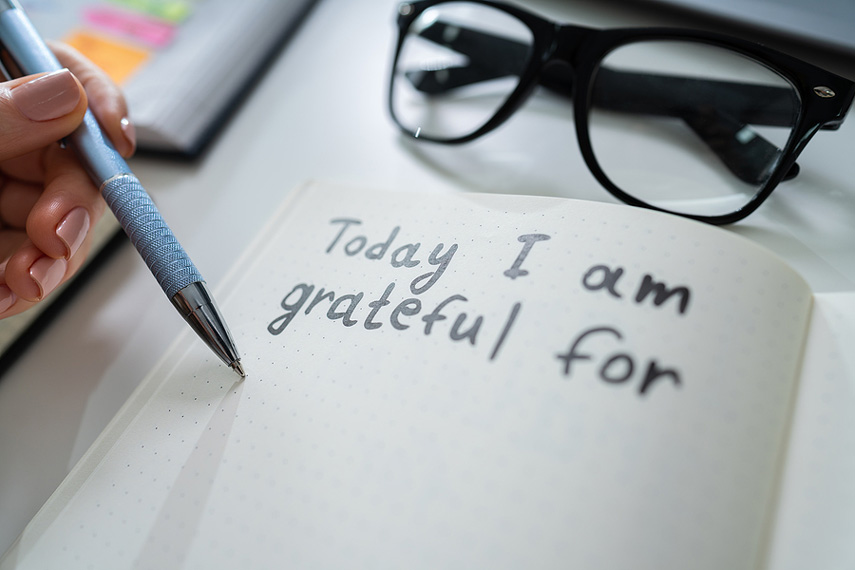I often have patients come to me as winter approaches to talk about changes they are experiencing in energy, sleep habits, hunger patterns and even sadness. Although this may be a common reaction to the shorter days of winter, as a culture, we’re conditioned to keep our fast pace steady and move past sadness.
Seasonal Affective Disorder (SAD)
Seasonal Affective Disorder (SAD) was first written about in medical journals in the mid 1800s, but wasn’t studied seriously until the 1980s. In the past few years, literature has reported that up to 80% of American’s suffer with some degree of SAD. A more shocking fact is that more than 70% of that group are women! It’s also very interesting to note that a woman may first notice SAD symptoms between her mid 20’s and mid 30’s – which is about the same time when many women will report changes in hormone balance.
There isn’t a very clear cut answer to the cause of SAD. Like many depressive disorders, SAD can stem from a variety or combination of imbalances or may even have a genetic component.
Symptoms of SAD
The symptoms of SAD are wide and varied. They include: irritability, carbohydrate cravings, a disinterest in social activities, irritability, sleepiness, and fatigue. For some women there is a tendency to compartmentalize their lives by season – actually experiencing very different emotional states and activities with each season.
Our great grandparents accepted that their sleep was regulated by the light of day – The day began when the sun rose and ended when the sun set. Light affects the neurotransmitter serotonin which is responsible for the production of melatonin.
Don’t ignore the signs
It’s always best to check with your healthcare practitioner if you find that your mood and interest in activities change. If you have SAD, there are things you can do to help relieve your symptoms. If you have been diagnosed with severe depression or if you have ever been diagnosed with a major depressive disorder, it’s important for you to work with your healthcare practitioner. For some people, prescription antidepressants are helpful. I don’t recommend changing a treatment plan that works for you without the close guidance of your healthcare practitioner.
For more information, read our informative articles in our Emotions, Anxiety and Mood section.
Natural ways to tame symptoms
I have worked with many women who find great success in using one or more alternative treatments to successfully alleviate their symptoms. You may utilize one or a combination – the goal is to relieve any symptoms you have – irritability, fatigue, carbohydrate cravings, and seasonal sadness.
Vitamin D
If you are experiencing symptoms of SAD, you may want to have your Vitamin D levels tested. Vitamin D is fat soluble, and your body doesn’t have a way to rid itself of excess Vitamin D, so it’s important to work with a healthcare practitioner to be tested. If your vitamin D level is low, dietary supplementation is recommended. Many of my patients report that Vitamin D supplementation makes a world of difference for them.
Set a Schedule
If you are experiencing lethargy or fatigue, it’s important to establish a regular schedule to support your internal scheduling meshing with nature’s schedule. Choose a consistent time to both rise and go to bed each day. You’ll support your body best if you get seven to nine hours of sleep per night.
Go outside
Even fifteen minutes per day of outdoor time can help ease symptoms of SAD, so try to get out every day. Being outside also brings added stress relief benefits. If you aren’t able to get outside, try to spend time near windows, so that you are exposed to natural sunlight.
Try light therapy
Many people find symptom relief using light therapy. Light therapy has no known side effects (other than a potential for overuse). A Canadian study tested Prozac against light therapy and found that both treatments relieved symptoms equally well. The light therapy showed positive results in less than one week! This, combined with the cost and multiple potential side effects of antidepressants, makes light therapy a wonderful option for many!
Avoid carbohydrates and sugar
Women with SAD may crave sugar and carbohydrates for serotonin. These will set you on a roller coaster ride of ups and downs. Whole grains and complex carbohydrates will give your body what it needs and will keep you more balanced. Good food choices will help alleviate afternoon fatigue, weight gain, fatigue, depression and cravings. Read our article, “Understanding Carbohydrates – Let’s Take Away The Confusion,” for information and ideas.
Exercise
Exercise is a key factor in increasing your serotonin and in your well-being if you are feeling depressed. I tell my patients to find an activity they enjoy doing –a brisk walk, a yoga class or a vigorous dance class. You don’t have to spend hours a day or even do the same thing every day! Start slowly, increase moderately and notice the difference in how you feel.
Supplement
I encourage all my patients to take a high quality multivitamin and omega-3 fatty acid dietary supplement and evaluate their needs for vitamin D. When you are supporting your body through the seasonal transition that can lead to SAD, you will benefit from adding extra vitamins and minerals. It’s so difficult in today’s world to take in all the nutrients we need from our diet. Modern food processing and farming practices have negatively impacted our food supply’s nutritional value. And research has shown that Omega-3 fatty acids can be effective antidepressant support.
MarcellePick.com offers these high-quality, pharmaceutical grade supplements to enhance your health. Click here to find out more.
Trust your body
In treating SAD, it is important to listen to what your body needs. You have your own unique needs and rhythms. Try several suggestions and listen carefully to what’s working – you may be very surprised!







